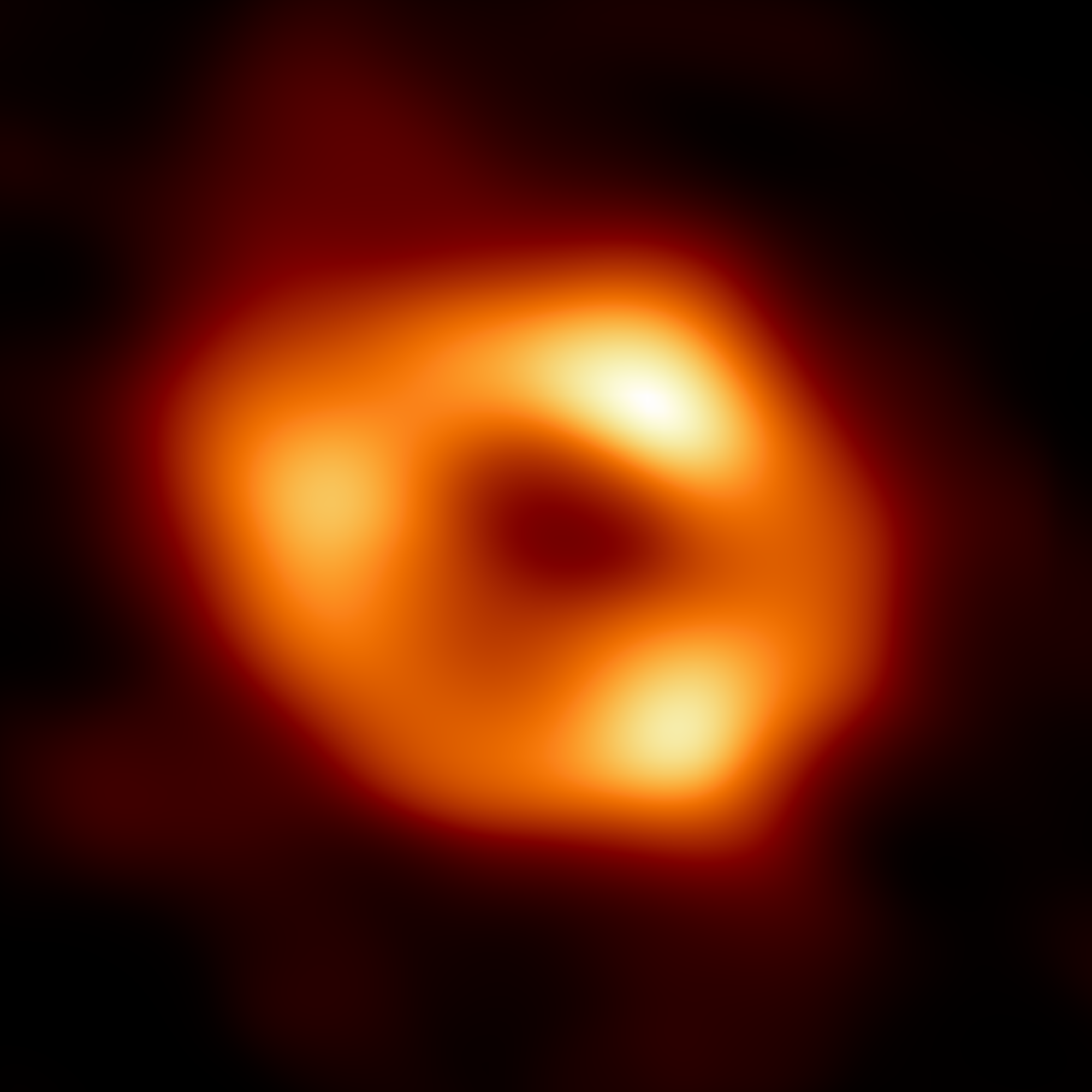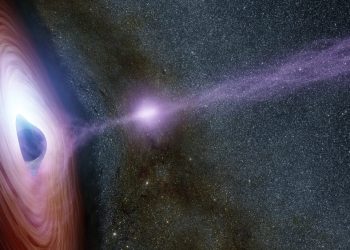Astronomers have captured an unprecedented light show around Sagittarius A*, the supermassive black hole at the heart of the Milky Way. Using data from NASA’s James Webb Space Telescope (JWST), researchers observed intense and erratic flares of light—ranging from brief flickers to sustained, months-long outbursts. This chaotic activity challenges prior assumptions about black hole behavior and offers fresh insight into the turbulent physics of accretion disks.
The findings, published in The Astrophysical Journal Letters on February 18, indicate that Sagittarius A* is far more active than previously thought, with its brightness constantly shifting in ways that scientists struggle to explain.
A Black Hole That Never Rests
Sagittarius A* sits approximately 26,000 light-years from Earth, making it one of the closest supermassive black holes available for detailed study. It boasts a mass equivalent to millions of Suns and is encircled by an accretion disk—a rapidly swirling collection of gas and dust. This disk acts as the primary source of visible light from the black hole, producing bursts of radiation as matter spirals inward.
Though astrophysicists have long known that black holes can generate flares, Sagittarius A* is proving to be more unpredictable than expected. The JWST observations show an ever-changing display of brightness, with no apparent pattern to its fluctuations. Some bursts lasted just seconds, while others persisted for months, forming what researchers described as “ongoing fireworks.”
“In our data, we saw constantly changing, bubbling brightness,” said Farhad Yusef-Zadeh, an astrophysicist at Northwestern University and co-author of the study. “And then boom! A big burst of brightness suddenly popped up. Then, it calmed down again. We couldn’t find a pattern in this activity. It appears to be random. The activity profile of the black hole was new and exciting every time that we looked at it.”
What’s Causing These Mysterious Flares?
The study’s authors suggest that two distinct processes are responsible for these bursts of brightness.
- Short-lived flickers – These brief flashes of light resemble the tiny ripples on a water surface. Scientists suspect that turbulence within the accretion disk compresses charged gas, triggering bursts of radiation.
- Longer, dramatic flares – The more powerful, sustained eruptions appear to be linked to magnetic reconnection events, in which twisted magnetic fields suddenly snap and release enormous amounts of energy. This phenomenon is comparable to the way the Sun generates solar flares, though the scale around a black hole is vastly more extreme.
“It’s similar to how the sun’s magnetic field gathers together, compresses and then erupts a solar flare,” said Yusef-Zadeh.
The Time Lag Between Wavelengths
One of the most intriguing findings from this study involved an unexpected time delay between light bursts observed at different wavelengths. The team used JWST’s Near-Infrared Camera (NIRCam), which can simultaneously capture data in two infrared wavelengths (2.1 and 4.8 microns).
By analyzing this dual-wavelength data, scientists made a striking discovery—flashes at the shorter wavelength (2.1 microns) consistently appeared moments before those at the longer wavelength (4.8 microns). The delay ranged from a few seconds to nearly a minute.
“This is the first time we have seen a time delay in measurements at these wavelengths,” Yusef-Zadeh said. “We observed these wavelengths simultaneously with NIRCam and noticed the longer wavelength lags behind the shorter one by a very small amount—maybe a few seconds to 40 seconds.”
This pattern is consistent with what astrophysicists would expect if energetic particles were spiraling around magnetic field lines, gradually shedding energy as they move outward.
While these findings provide exciting new insights, they also raise fresh questions. To better understand the mechanisms behind Sagittarius A*’s wild light show, researchers hope to conduct an uninterrupted 24-hour observation session with JWST.
Sagittarius A* offers a rare opportunity to study the behavior of supermassive black holes up close. As technology advances, astronomers are inching closer to unraveling the extreme and dynamic processes that govern these cosmic giants.










